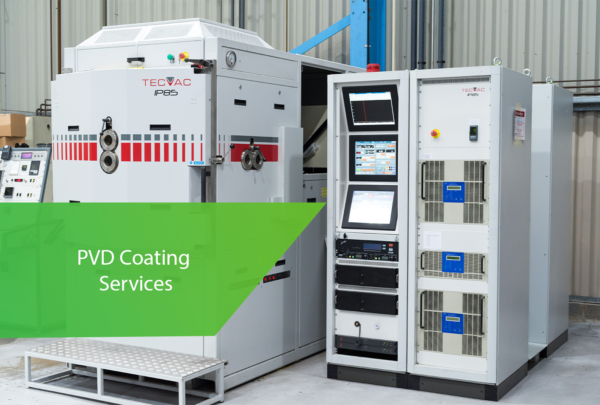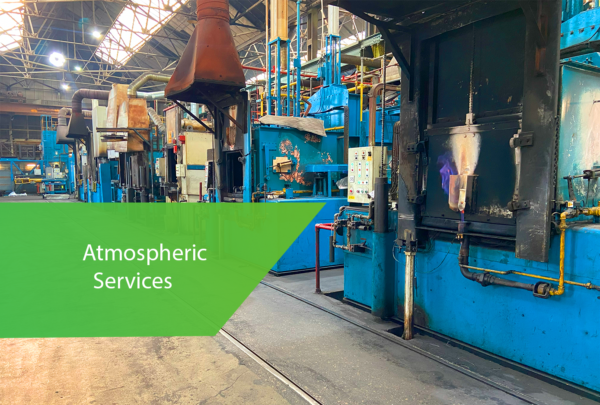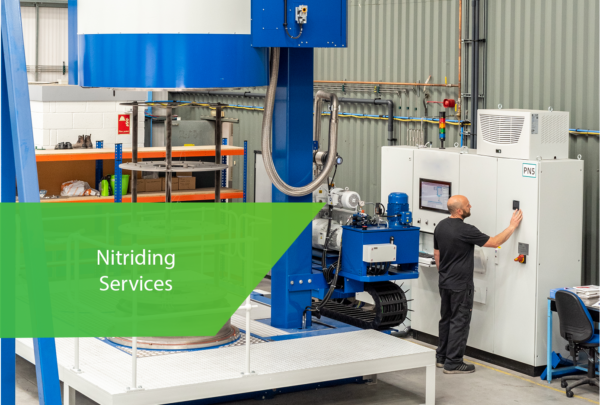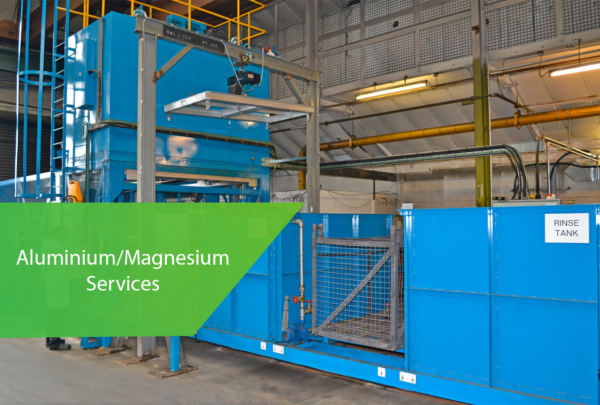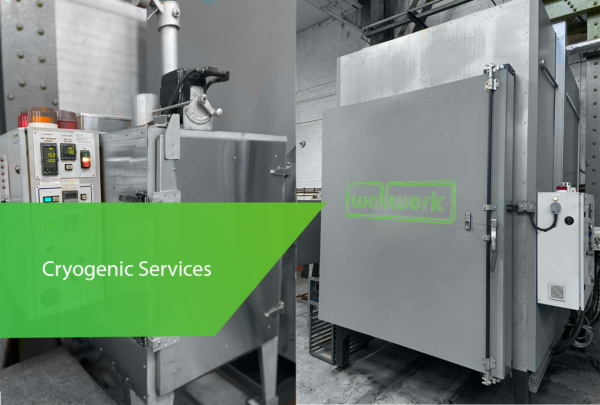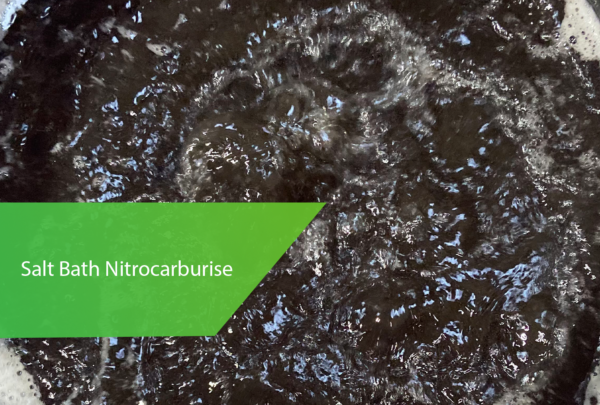Hot Isostatic Pressing, known more commonly as HIP, is a supplementary procedure found within the spectrum of heat treatment techniques. It was developed to address the inherent challenges of porosity that often arise during various material manufacturing processes. Historically, the levels of porosity in cast materials have been predominantly influenced by the methodologies employed in foundries. The aim has been to mitigate the presence of gas molecules, particularly during the pouring stage and post-solidification, where shrinkage-induced issues manifest.
Furthermore, within the realm of powder metallurgy, the densification process is closely tied to the size of the powder used and other factors, including moisture content and lubrication within the powder. Consequently, when specifying the intended application, companies make deliberate selections of appropriate powders to diminish material porosity.

Hot Isostatic Pressing addresses these challenges by placing components in a chamber, heating them uniformly (typically between 70-80% of the material’s melting point), whilst simultaneously subjecting them to high pressure. For each type of material, temperatures, pressures and dwell times are adjusted to provide optimal process conditions. Typically, an inert gas like argon is used to prevent reactions with the components, ensuring a clean finish after the HIP process. The combined effect of heat and pressure leads to the material diffusing, effectively filling in microscopic gaps and diminishing voids within the component, resulting in a product which has enhanced mechanical properties, such as fatigue resistance as an example, allowing greater service life. Additionally having predictable properties, through the reduction of ‘scatter’, allows design authorities to increase safety levels significantly.
When being densified within a HIP system, components are processed at pressures up to 207MPa (~30,000PSI) within the chamber. To achieve the required pressure, an inert gas is utilised to prevent chemical reactions within the processed material and the pressure is applied isotropically. Argon is the preferred process gas utilised at Wallwork HIP, ensuring customer components are processed according to the leading industry standards.
HIP systems have historically relied upon natural cooling, which can lead to significantly longer processing times and suboptimal mechanical properties. Uniform Rapid Cooling® by Quintus Technologies removes this problem, allowing the fast and efficient processing of customer parts, whilst allowing specific and optimal cooling rates to be repeatedly selected according to the needs of our customers. Depending on the material and process requirements, components can benefit from specific cooling rates.
Known industry variables are utilised to ensure that the components are processed appropriately. Whether components require a straighforward 4-hour cycle or a more complex and lengthy process with defined heating and cooling rates, Wallwork HIP will be on hand to answer any customer queries. The typical processing route for HIP components is shown below. However with HIP in combination with URC® and HPHT as available at Wallwork HIP, it is possible to simplify this typical manufacturing route by optimising the HIP stage and removing the need for post-HIP heat treatment – since this can be performed within the HIP system.


The Wallwork Group is a family-owned company established in 1959, specializing in advanced metallurgical processing services such as heat treatment, coatings, and related technologies. With a mission to provide excellence in customer service and metallurgical processes, Wallwork serves a diverse range of manufacturing sectors across aerospace, automotive, biomedical, motorsport, and more, throughout the UK and Europe.
The company operates multiple divisions, each focusing on specialized services:
- Heat Treatment: Offering a comprehensive range of equipment and processes, including vacuum, sealed quench, plasma & gas nitride, salt, vacuum brazing, induction, salt nitro carburize, and deep pit treatments.
- Coatings: Providing Nadcap-compliant Physical Vapor Deposition (PVD) and Chemical Vapor Deposition (CVD) coatings to enhance component life across demanding sectors.
- Hot Isostatic Pressing (HIP): Utilizing advanced HIP technology for processing materials like aluminum, titanium, steel and nickel alloys, manufactured via casting, 3D printing, encapsulation and near-net shaped production techniques.
- Vacuum Brazing: Delivering Nadcap-compliant vacuum brazing services for joining ferrous and non-ferrous alloys, mixed materials, and ceramic-to-metal components.
- Analytical and Testing Laboratory: Offering high-magnification imaging, compositional analyses, mechanical testing, and failure analysis through a UKAS-accredited, AS9100-compliant laboratory.
- Casting Services: Providing bespoke casting services for nickel-chromium alloys, with fast-turnaround design and manufacturing.
A major step in the company’s growth and innovation is the Wallwork H.I.P Centre, the latest venture that solidifies Wallwork Group’s identity as a leader in advanced metallurgical processing. By investing in cutting-edge Hot Isostatic Pressing (HIP) technology, the new centre enhances Wallwork’s capability to provide a complete range of high-performance material processing technologies for industries like aerospace, automotive, and energy. This expansion allows the company to offer standard and bespoke solutions for materials like titanium, aluminum, and nickel-based alloys, meeting the growing demand for component reliability, performance, and durability.
The Wallwork H.I.P Centre strengthens the company’s position in the field and emphasizes its commitment to technological excellence, reinforcing Wallwork Group’s identity as an innovative, customer-focused provider with a robust, diverse portfolio that adapts to the evolving needs of high-tech industries.
Commitment to Innovation and Expansion
With over £20 million invested in Hot Isostatic Pressing in the past two years, this shows our comitment to the expansion of the Wallwork Group, adding more thermal treatments to the spectrum of processes available, cementing our position in the UK as the one stop shop for component manufacturers. Wallwork HIP centre are on hand, with two Quintus QIH173L URC HIP furnaces, which contain a pressure vessel weighing in at over 100 tonnes each. To put this into perspective, this weight is similar to a fully laden Boeing 757, including passengers and fuel! This immense weight is a testament to the robust engineering behind our furnaces, ensuring they can withstand the extreme pressures—over 2000 bar—necessary for advanced densification and defect elimination in high-performance materials. The mantel’s strength and stability are critical for ensuring consistent, reliable results, no matter the material or application. By investing in equipment of this scale and capability, we are positioned to deliver superior outcomes across industries such as aerospace, automotive, and energy.
Comprehensive Heat Treatment Services
In addition to our advanced Hot Isostatic Pressing (HIP) capabilities, the Wallwork Group offers a wide range of specialized heat treatment services, designed to enhance the strength, durability, and performance of materials for critical applications. Our services are tailored to meet the needs of industries such as aerospace, automotive, medical, and energy.
Our Ranges of Services Include:
Our Portfolio
What is Hot Isostatic Pressing(HIP)?
- Hot Isostatic Pressing, commonly abbreviated as HIP, is a high temperature thermal process, which involves simultaneous application of high temperature and high pressure within a chamber. The main objective of HIP is to eliminate porosity within the material and improve mechanical properties, such as strength and ductility.
What materials are suitable for Hot Isostatic Pressing?
What industries uses Hot Isostatic Pressing?
- Industries such as aerospace, medical (implants), automotive, energy, and defense frequently use HIP for high-performance and safety-critical components.
What Applications Is Hot Isostatic Pressing Applicable For?
How does HIP improve fatigue resistance?
- By eliminating internal defects and voids, HIP reduces the likelihood of crack initiation, significantly improving fatigue resistance and extending the lifespan of critical components.
What are the typical temperatures and pressures used in HIP?
- HIP typically operates at temperatures ranging from 500°C to 1300°C and pressures between 50MPa and 200MPa. The exact settings depend on the material and application.
Can HIP be used for repair applications?
- Yes, HIP can be used to repair and rejuvenate components by closing internal cracks and voids, restoring the component’s structural integrity and performance.
How does Hot Isostatic Pressing work?
- To achieve the required pressure, an inert gas is utilised to prevent chemical reactions within the processed material and the pressure is applied isotropically. Argon is the preferred process gas utilised at Wallwork HIP, ensuring customer components are processed according to the leading industry standards, which is vital when operating at temperatures up to 1250°c.
What are the benefits of Hot Isostatic Pressing?
- HIP improves material density, strength, fatigue resistance, and eliminates internal porosity. It can also improve the life and performance of components, especially in critical applications like aerospace.
Can 3D-printed parts benefit from HIP?
- Yes, HIP is particularly beneficial for 3D-printed parts as it reduces porosity and enhances strength and durability. It’s commonly used as a post-process for metal additive manufactured parts that will be used in aerospace, as well as other critical applications.
What is the difference between Hot and Cold Isostatic Pressing?
- The primary difference is temperature. HIP uses high temperature and pressure, while Cold Isostatic Pressing (CIP) uses only high pressure at room temperature. HIP also offers better densification and mechanical property improvement.
Is HIP environmentally friendly?
- Whilst HIP does consume energy, its ability to enhance the durability and lifespan of components reduces waste and the need for frequent replacements, making it environmentally sustainable in the long run.
What is the typical cycle time for a HIP process?
- HIP cycle times vary based on the material and application. Standard cycles may last anywhere from several hours to over a day.

